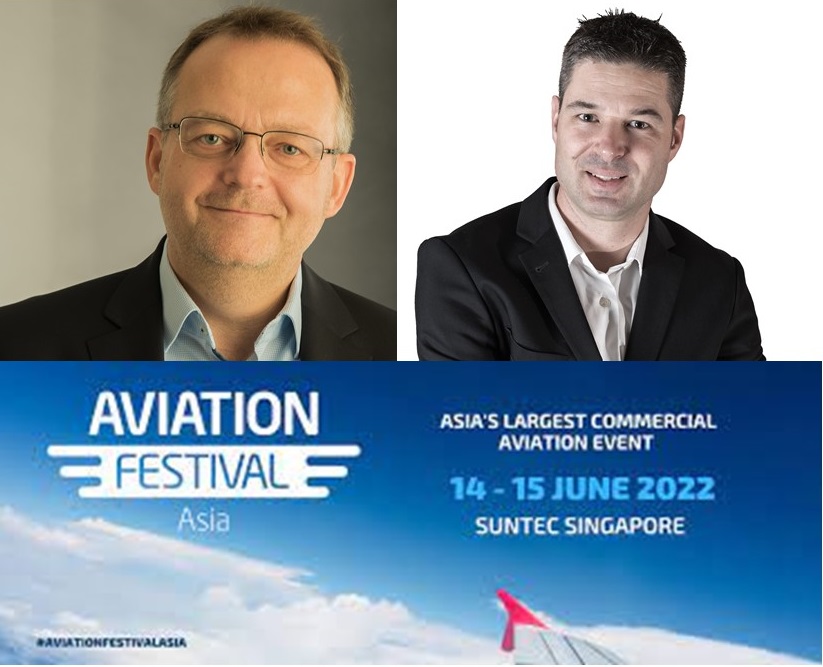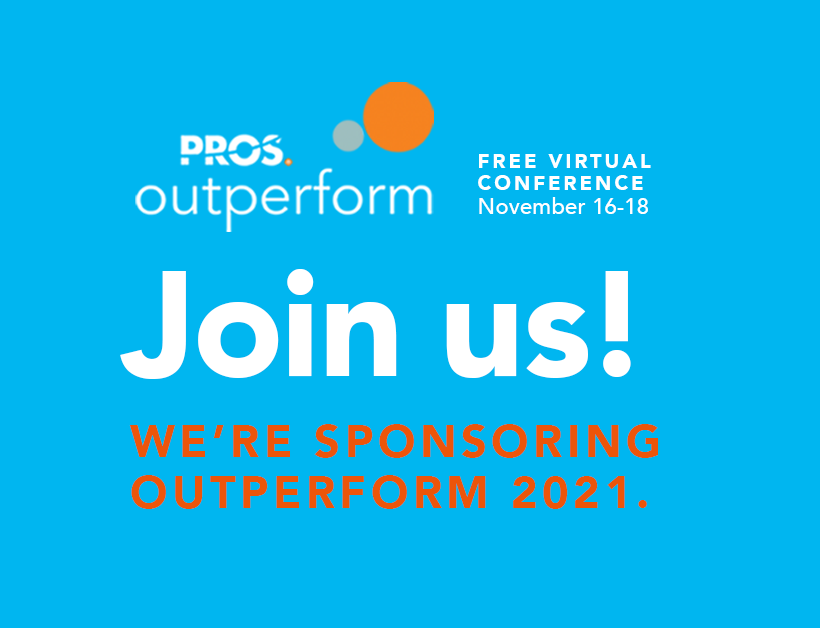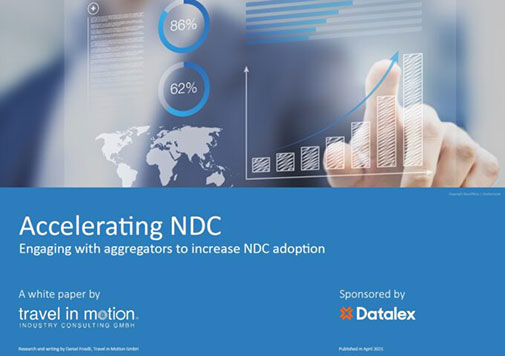Navigating the Skies: Onboarding New Talent in the Airline Domain
As someone who made the leap from customer-facing passenger servicing into the complex world of airline Passenger Service System (PSS) IT at the turn of the century, I vividly remember my initiation into this intricate realm. Back then, a six-month comprehensive training program welcomed me, covering every facet of the PSS – from the business dynamics to the IT intricacies. It was a structured journey that armed me with the necessary knowledge and skills to thrive in the airline domain.
Fast forward to today, and the aviation industry faces a new challenge post-COVID-19. While business is picking up, there’s a pressing need to re-employ for talents that moved on. The catch? The industry has evolved, demanding a deep understanding of cutting-edge technology, cloud solutions, and compliance with ever-evolving regulations. All this must seamlessly integrate with existing IT infrastructures and the talents within the organisation during a transitional phase.
The job market, not just in aviation but across industries, often demands the impossible: “10 years of domain knowledge and experience” for newcomers. In the airline sector, where technological advancements are the norm, finding talents who understand the intricacies of this industry can be a daunting task. After all, if they don’t know what’s already in place, how can they ask the right questions to drive innovation?
So, how can we bridge this knowledge gap effectively and fast track the process of introducing new technical talents to the airline domain? Drawing from my own experiences in onboarding newcomers and engaging in conversations with industry peers, I’ve put together a roadmap for success:
1. Comprehensive Orientation Program
Personal Touch: Begin their journey with a warm welcome and a comprehensive orientation program. This should offer an immersive overview of the airline industry, the company’s culture, and the intricate components and processes within the corporation.
2. Mentorship and Shadowing
Learning by Doing: Pair newcomers with seasoned employees who can act as mentors. Shadowing these experienced hands offers invaluable insights into day-to-day operations and allows newcomers to learn not just theoretically but by example.
3. Online Learning Modules
Self-Paced Learning: Leverage online courses or modules created by industry experts. Cover essential airline industry topics, including jargon and terminology and use these also to upskill talents in the organisation when changes are on the horizon. Allow them to think about what impact the evolution has on their area within the organisation.
4. Continuous Evaluation and Feedback
Personal Growth: Implement regular assessments to track progress. Provide constructive feedback and additional training as needed, fostering personal growth and development.
5. Cultural Immersion
Harmonious Interactions: Given the industry’s diversity, incorporate cultural sensitivity training to promote understanding and harmonious interactions among employees and passengers. Share personal experiences of working with diverse teams.
6. Emergency Response Drills
Safety First: Given the industry’s critical nature, emergency response drills are essential. Train newcomers on how to handle various emergency scenarios like outages or security threats, underscoring the importance of safety.
7. Cross-Training Opportunities
Versatility: Encourage cross-training among employees. This enables newcomers to gain a broader understanding of the airline industry, making them versatile and ready to adapt to different roles if necessary.
8. Customised Training Plans
Tailored Development: Recognise individual strengths and weaknesses. Tailor training plans to individual needs, nurturing personalised development journeys.
9. Regulatory Compliance
Safety and Quality: Ensure all training programs adhere to industry regulations and safety standards, emphasising the industry’s commitment to safety and quality.
In a rapidly evolving industry, training newcomers swiftly is a formidable challenge. However, by adopting a comprehensive training program encompassing orientation, mentorship, online learning, and continuous evaluation, airlines and IT vendors can equip new talents with the skills and knowledge needed to excel. This benefits not only the newcomers but the entire industry, ensuring growth and success.
By sharing my own experiences and insights, I hope to inspire a more efficient and personalised approach to onboarding in the airline domain, where personal growth and industry knowledge go hand in hand.
If you want to know more about how Travel in Motion supports the UN ESG goal number 4, quality education, reach out to us at
Mona Kristensen, Travel in Motion AG
This blog was published jointly with Terrapinn.









